

NGC281 Pacman
NGC 281 is an H II region in the constellation of Cassiopeia and part of the Perseus Spiral Arm. It includes the open cluster IC 1590, the multiple star HD 5005, and several Bok globules. Colloquially, NGC 281 is also known as the Pacman Nebula.
The nebula was discovered in August 1883 by E. E. Barnard, who described it as "a large faint nebula, very diffuse." The multiple star HD 5005, also called ß1, was discovered by S. W. Burnham. It consists of an 8th-magnitude primary with four companions at distances between 1.4 and 15.7 seconds of arc. There has been no appreciable change in this quintuple system since the first measurements were made in 1875.
The nebula is visible in amateur telescopes from dark sky locations.
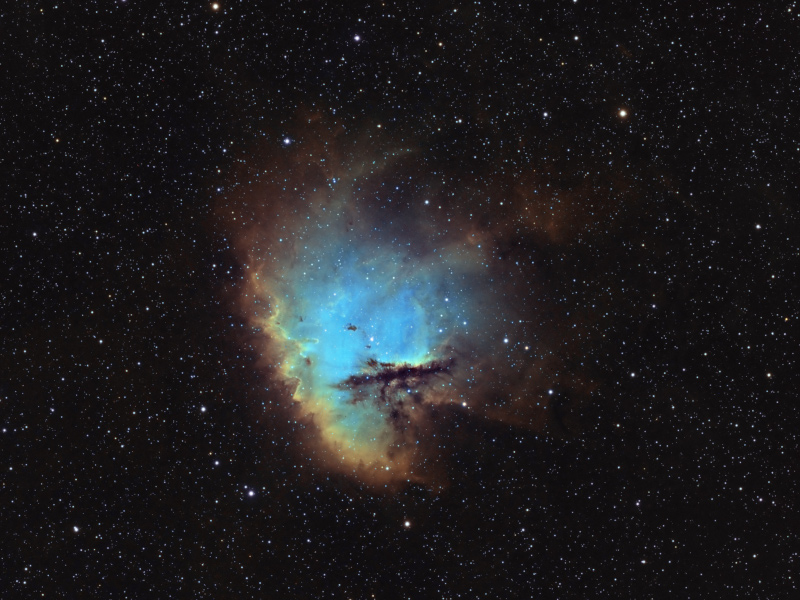
Photo Details
 Telescope: CFF92 apo (at 420 mm)
Telescope: CFF92 apo (at 420 mm)
 Camera: Asi2600 mm p
Camera: Asi2600 mm p
 Mount: AP Mach1
Mount: AP Mach1
 Guiding: Off-axis Lodestar
Guiding: Off-axis Lodestar
 Exposure: HSO 2x20min each
Exposure: HSO 2x20min each
 When: October 2021
When: October 2021
 Other information: Taken in the city of Tarnow
Other information: Taken in the city of Tarnow 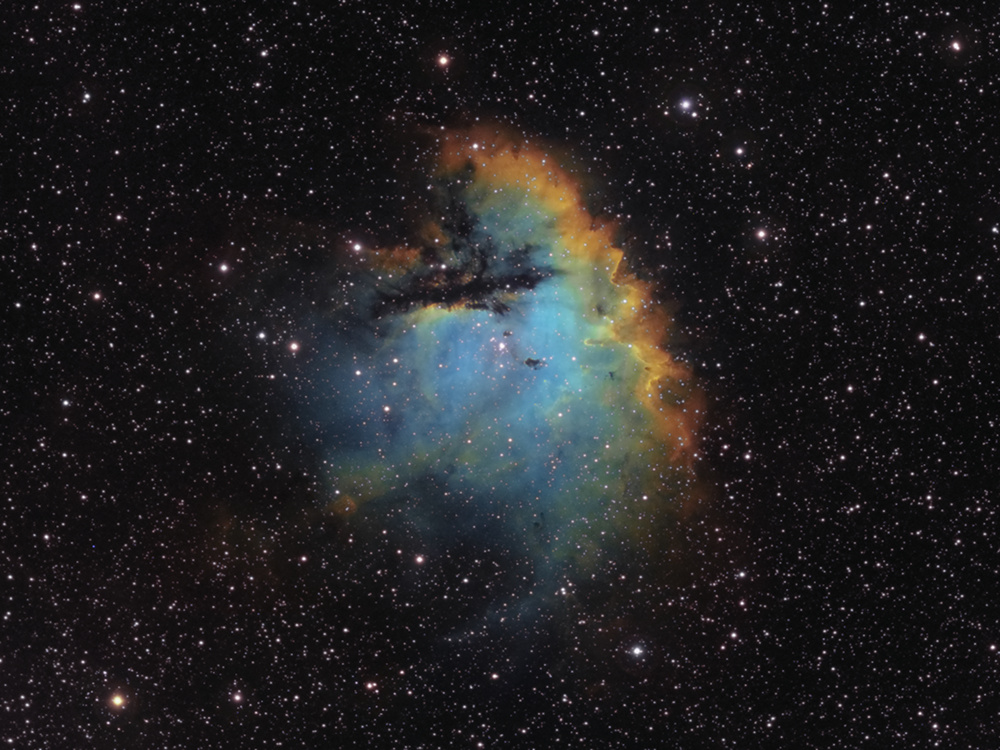
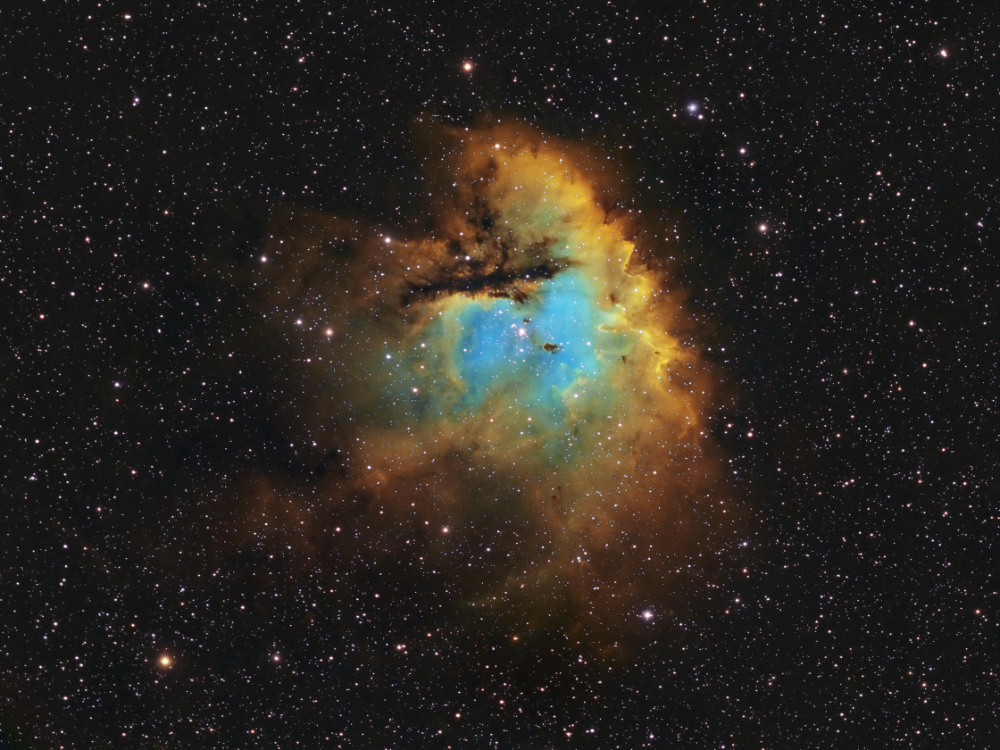
Photo Details
 Telescope: FSQ106EDX (530 mm) Takahashi
Telescope: FSQ106EDX (530 mm) Takahashi
 Camera: Asi1600MMC-p
Camera: Asi1600MMC-p
 Mount: NJP Takahashi
Mount: NJP Takahashi
 Guiding: Off-axis Lodestar
Guiding: Off-axis Lodestar
 Exposure: HS2O3 24x10min each Unity Gain
Exposure: HS2O3 24x10min each Unity Gain
 When: September 2018
When: September 2018
 Other information: city of Tarnów
Other information: city of Tarnów 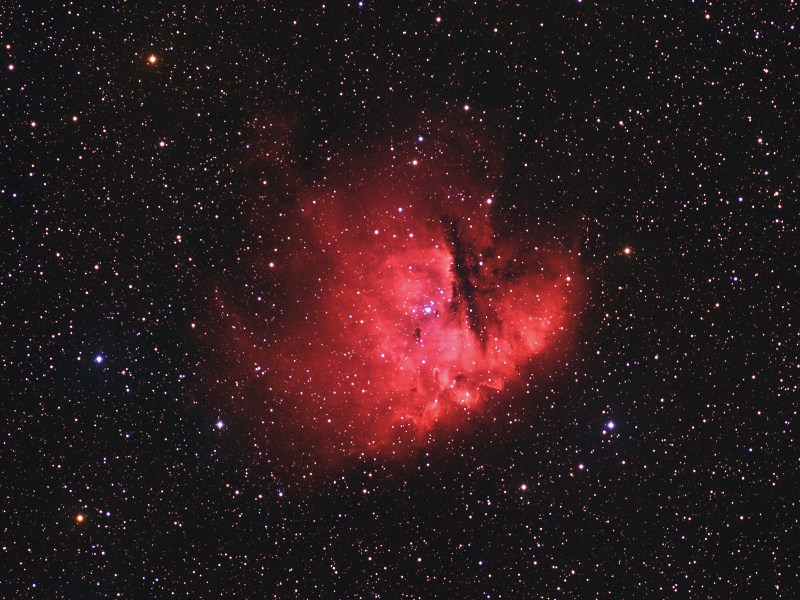
Photo Details
 Telescope: FSQ106EDX (530 mm) Takahashi
Telescope: FSQ106EDX (530 mm) Takahashi
 Camera: Sbig ST-8300M, Sbig Filter wheel, Baader 36mm round HLRGB filters
Camera: Sbig ST-8300M, Sbig Filter wheel, Baader 36mm round HLRGB filters
 Mount: NJP Takahashi
Mount: NJP Takahashi
 Guiding: Orion ST80 with Orion SS Autoguider
Guiding: Orion ST80 with Orion SS Autoguider
 Exposure: HaRGB
Exposure: HaRGB
 When: Summer 2012
When: Summer 2012
 Other information: very good transparency, good seeing
Other information: very good transparency, good seeing 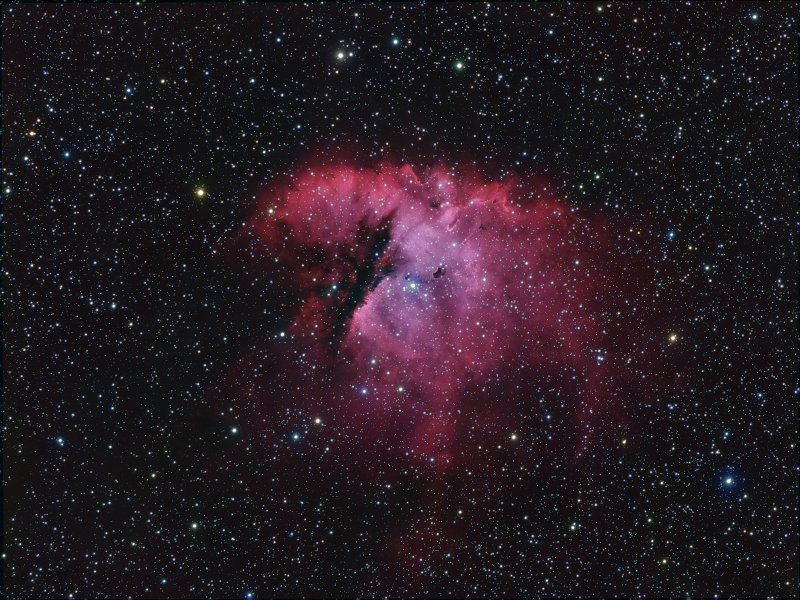
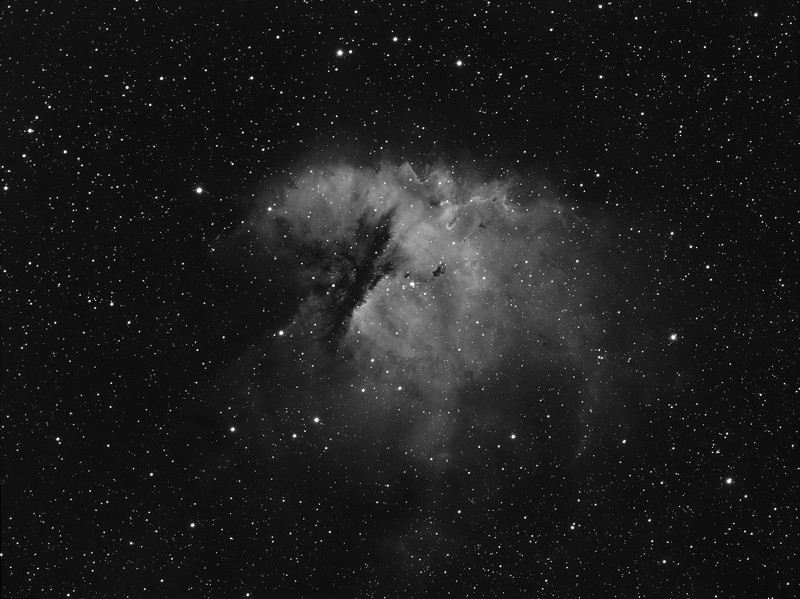
Photo Details
 Telescope: FSQ106EDX (530 mm) Takahashi
Telescope: FSQ106EDX (530 mm) Takahashi
 Camera: Sbig ST-2000XM, Sbig Filter wheel, Baader 1.25" HLRGB filters
Camera: Sbig ST-2000XM, Sbig Filter wheel, Baader 1.25" HLRGB filters
 Mount: NJP Takahashi
Mount: NJP Takahashi
 Guiding: Self-guided
Guiding: Self-guided
 Exposure: HaRGB 7.5h (4.5Ha 3color XCM)
Exposure: HaRGB 7.5h (4.5Ha 3color XCM)
 When: August 2009
When: August 2009
 Other information: good transparency, good seeing
Other information: good transparency, good seeing